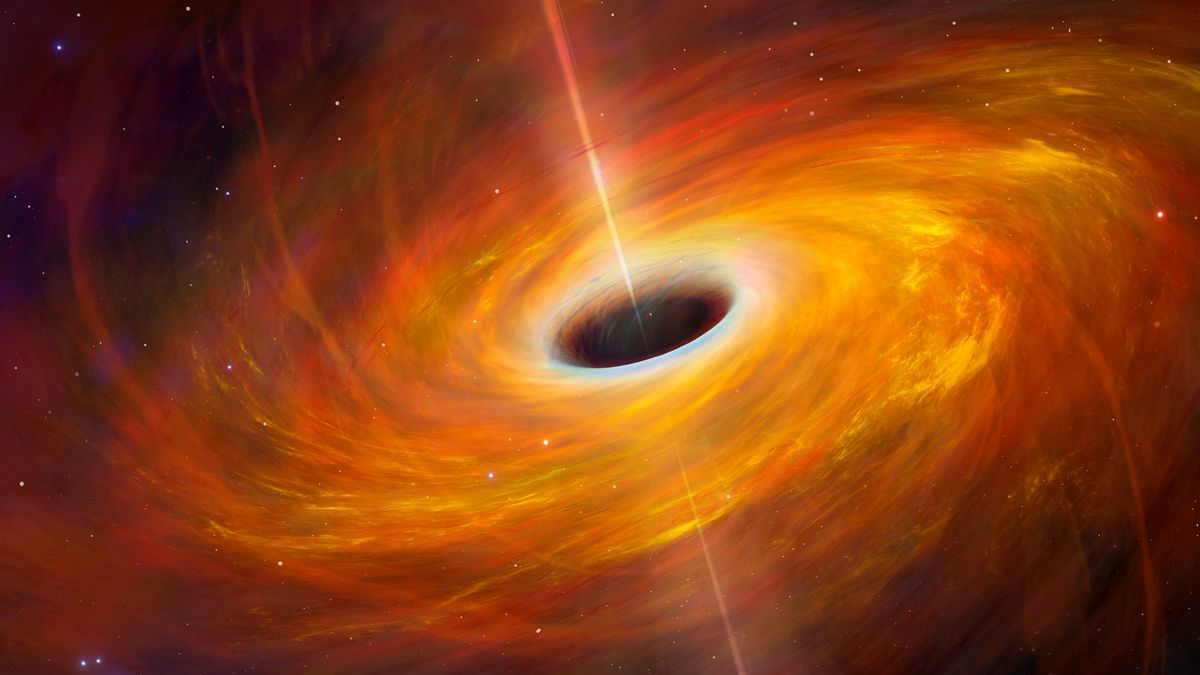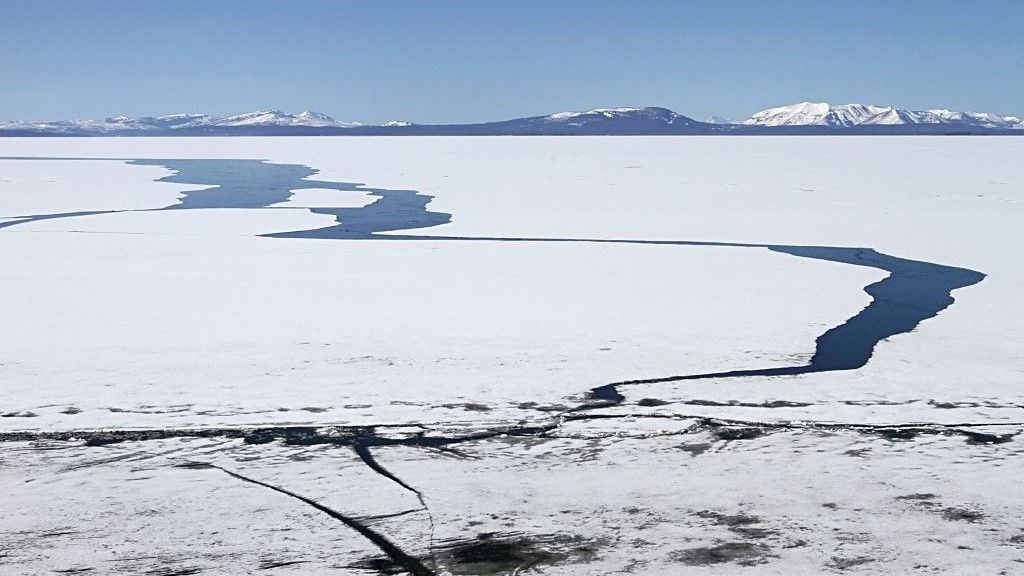Black Hole Collisions: Cosmic Intersections and Traffic Jams
Recent research has shed light on the fascinating dynamics surrounding supermassive black holes found at the centers of large galaxies. These colossal entities, known as supermassive black holes, exert a gravitational influence that extends throughout their galaxies, impacting everything from matter disks to stellar systems, and even other, smaller black holes.
The study suggests that the swirly behavior exhibited by supermassive black holes can create “cosmic traffic jams” that play a crucial role in the collision and merging of stellar-mass black holes. These collisions result in the formation of larger black holes, perpetuating a cycle of growth facilitated by the immense gravitational pull of the supermassive black hole.
The Role of Accretion Disks in Black Hole Growth
Some supermassive black holes are surrounded by accretion disks, which consist of gas and dust feeding the black hole. The powerful gravitational forces generated by supermassive black holes cause these disks to glow brightly, creating what is known as an Active Galactic Nucleus.
The study, led by researchers from Monash University, focuses on the dynamics of black holes embedded within accretion disks. It highlights how interactions between stellar-mass black holes and the surrounding gas lead to the formation of “migration traps.” These traps increase the likelihood of stellar-mass black holes colliding and merging within the disk.
Implications for Gravitational Wave Astronomy
One of the key findings of this research is the impact it has on our understanding of black hole mergers and the generation of gravitational waves. The collisions between stellar-mass black holes produce gravitational waves, providing valuable insights into the behavior of black holes within galactic nuclei.
Lead researcher Evgeni Grishin likened the migration traps to busy intersections without traffic lights, emphasizing the importance of thermal effects in influencing the stability of these regions. The study points to a correlation between migration traps and regions with high black hole merger potential, offering a new perspective on the dynamics of galactic nuclei.
Future Prospects and Unknowns
While the research marks a significant step forward in our understanding of black hole interactions, many questions remain unanswered about the physics of black holes and their surrounding environments. The implications of this study extend beyond the realm of astrophysics, paving the way for advancements in gravitational wave astronomy and active galactic nuclei research.
Published in the prestigious journal Monthly Notices of the Royal Astronomical Society, this research opens up new avenues for exploring the complexities of black hole collisions and the cosmic phenomena they entail.
Image/Photo credit: source url





